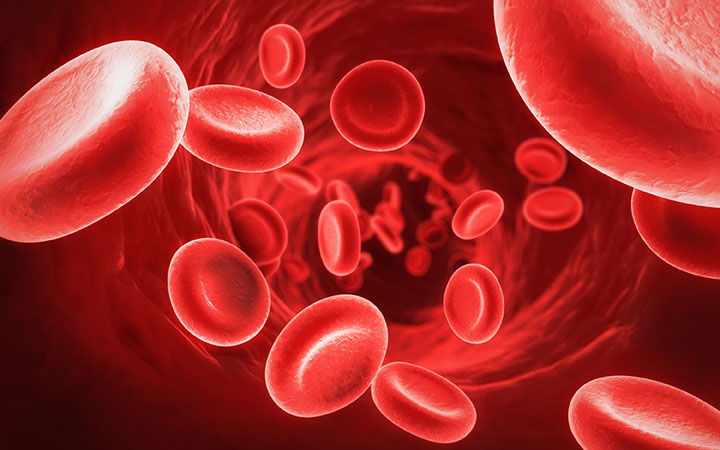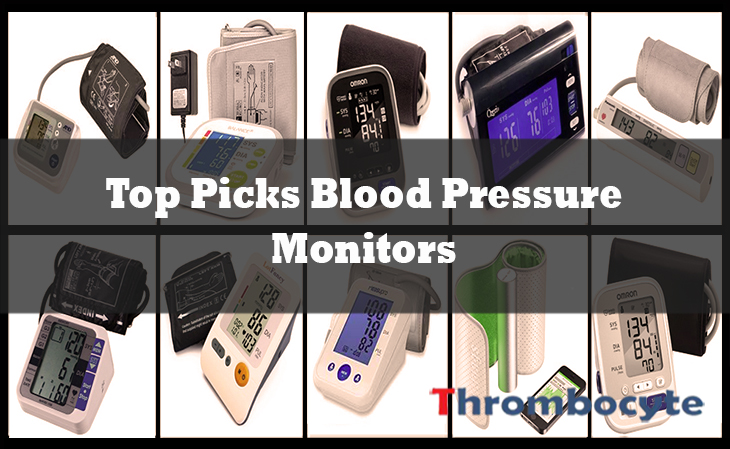Anemia is a blood condition caused by the lack of hemoglobin, red blood cells which give blood its color. This is the part of the blood that binds with oxygen, which in turn is used by cells as fuel. When cells do not have enough fuel, a general weakness pervades the body — one of the primary symptoms of anemia.
This lack of red blood cells is caused mostly by the inability of the body to create enough hemoglobin. This leads to a form of anemia called “iron deficiency” anemia, since iron is an important element in red blood cells’ production. Another type of anemia called “pernicious” anemia is caused by a lack of Vitamin B12 and Folate.
Anemia is among the most common blood conditions in the world. Some forms are hereditary, while some are developed while undergoing such phases as pregnancy. Anemia may also be a by-product of some medical conditions.
The good news is that anemia can be improved largely through proper diet. There are several food items that can give your body the nutrients it needs to set anemia right.
Food & Nutrition Diet (Meal Plan) for Anemia
#1 Recommended Breakfast Diet for Anemia

When people have anemia, taking in an iron-rich diet sounds like a no-brainer. But not all iron is the same. There is “heme iron”, which is found in seafood, poultry, and meat. There is also “non-heme iron”, which is found in plant-based foods and foods with iron fortification (artificially processed). The body absorbs and utilizes heme iron better, meaning your breakfast diet is better off with fish or chicken than it is with “iron-fortified” bread or cereals.
If a sandwich is a typical part of your morning, try to get some peanut butter in it — this tasty spread is a rich iron source, along with the peanuts from which they come.
#2 Recommended Lunch Diet for Anemia

Have some red meat for lunch, or if you like the taste, have some organ meat. The latter is another great source for both iron and folate. Liver steak for lunch, for example, could bring you close to your daily iron requirement. If you want to go a bit exotic, you can also try other organ meats such as kidney, heart, and tongue.
#3 Recommended Dinner Diet for Anemia
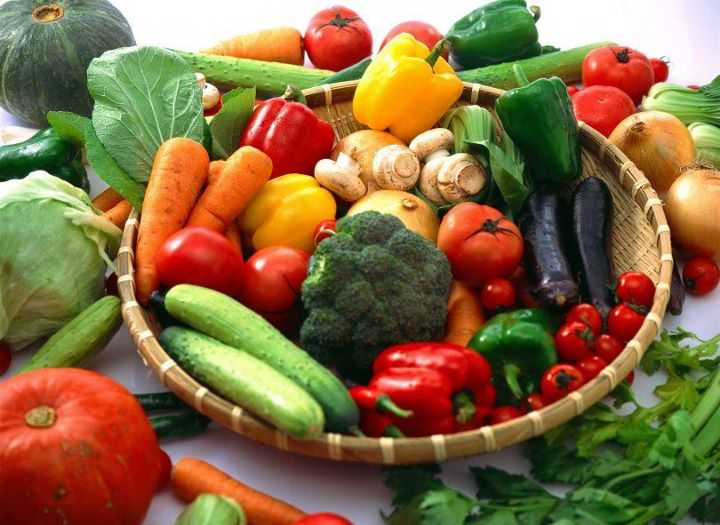
Seafood is a good choice for dinner. At the same time, strive to have a serving of leafy vegetables such as kale and spinach. These are rich not just in iron, and Vitamin B. A half cup of spinach alone gives you 20% of an average adult female’s daily iron needs.
Remember, however, that these greens are non-heme iron sources so there’s a catch. These vegetables are also usually high in oxalates, which can hinder the absorption of non-heme iron not just from these but from other non-heme sources as well. This is why it’s not good to rely solely on non-heme sources when you’re on an anti-anemia diet.
#4 Recommended Snack Diet for Anemia

Aside from wraps and sandwiches, you can also munch on beans (almost any kind), nuts, and various seeds such as flax and sunflower. Having a good omelette will also greatly help — both eggs and tomatoes are good in combating anemia. Tomatoes are rich in lycopene and Vitamin C, with the latter helping the body absorb more iron. Eggs, on the other hand, contain both iron and folate. It also has compounds that help the body absorb more vitamins.
#5 Recommended Drinks for Anemia
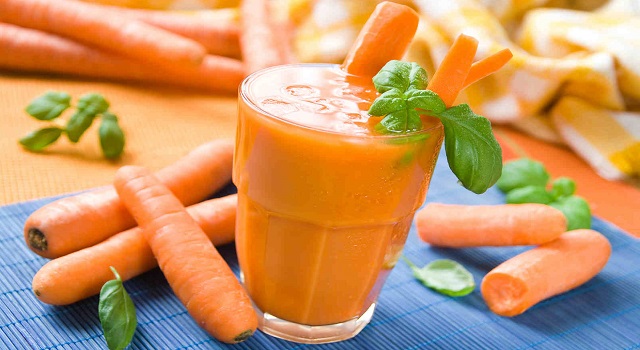
There are various types of beverages that can greatly help in improving anemia. Orange juice, for example, has a high Vitamin C content which helps increase iron absorption. It is also rich in folate. Carrot juice, with its Vitamin A content, helps release any stored iron so the body can use it for hemoglobin construction. Prune juice, on the other hand, is naturally high in iron.
Aside from these fruit and veggie-based juices, milk is also a good drink due to its high levels of Vitamin B12.
#6 Recommended Herbs for Anemia
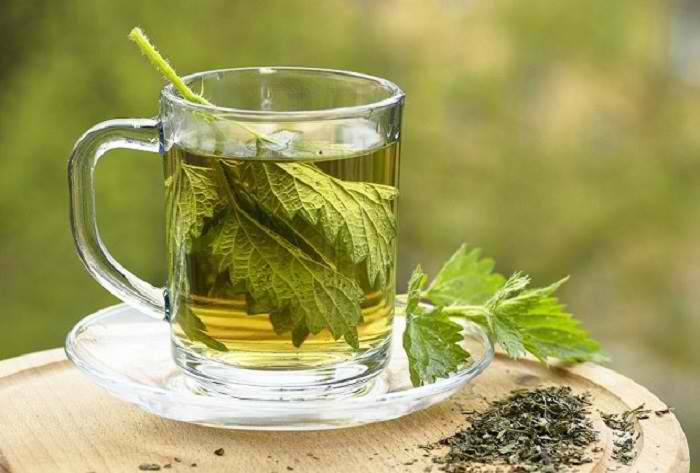
Many herbs contain anemia-busting nutrients. Nettle, for example, contains a good amount of both iron and Vitamin C. Parsley also contains a lot of iron. Dandelion, aside from its iron content, also helps improve the body’s ability to absorb iron. Amaranth and soy sprouts are other iron-rich herbs you can use, either on their own or in combination.
#7 Recommended Fruits for Anemia

Due to their Vitamin C content, high-citrus fruits like lemon, orange, and lime are good for improving iron absorption. Other non-citrus fruits, like apples, also have enough Vitamin C to supplement one’s daily needs. Avocados are also great, because they naturally have a lot of iron and Vitamin B9 (folic acid). Dates and apricots are other examples of iron-rich fruits.
#8 Recommended Vitamins for Anemia

As mentioned above, Vitamin C is the perfect partner to an iron-rich diet. If you feel you are not able to get your full dose of ascorbic acid from your diet, taking supplements is important. Vitamin B Complex, especially Vitamins B9 and B12, are also important in boosting hemoglobin levels in the blood.
#9 Recommended Minerals for Anemia
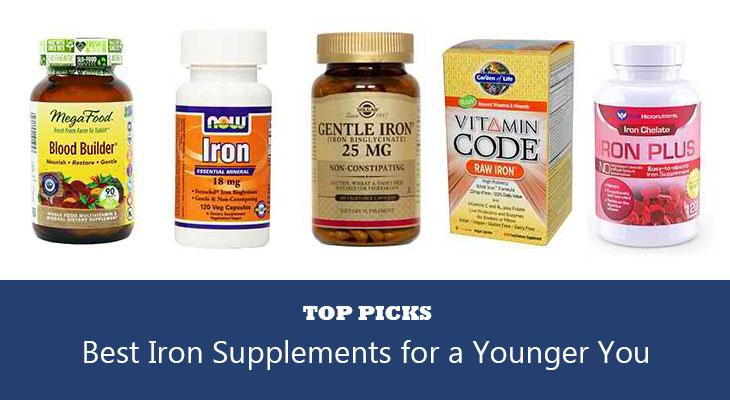
When it comes to the common types of anemia, there is no mineral as important as iron itself. While it needs the other nutrients above to work properly, a diet high in iron can greatly reduce the feelings of sluggishness and sensitivity that are hallmarks of anemia.
#10 Discouraged Food for Anemia
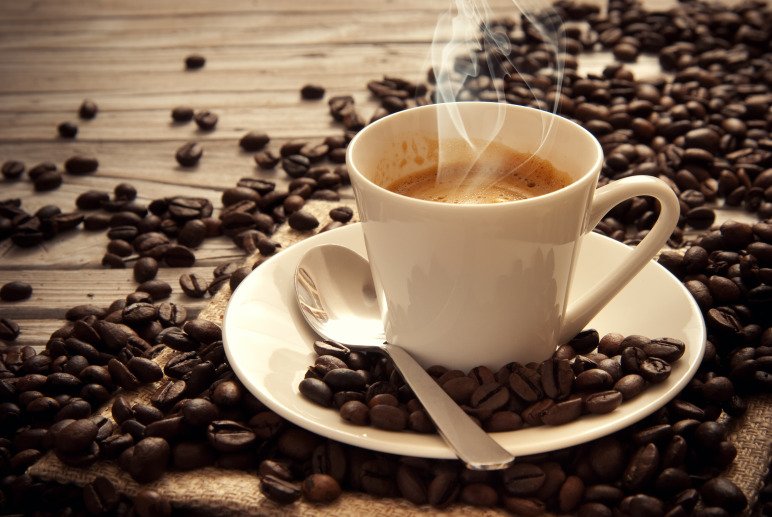
Several foods and beverages contain compounds that block the body’s absorption of iron. While others, such as oxalates found in leafy vegetables can be offset by their micronutrient profile and by combining them with other iron sources, some other food items do more harm than good. This includes coffee and tea. Foods rich in calcium also tend to block iron absorption, so while it is important to have them in your diet it is also important to keep them in moderation.
Anemia may greatly affect your lifestyle, but there’s no reason you can’t fight back through your diet. Regain your vitality by keeping a close watch on what you eat, and you’ll get better in no time.
- READ MORE

